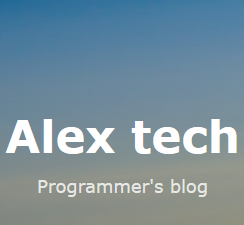Execution of queries with JDBC

What are the database queries made with? Java uses three interfaces to query the database: java.sql.Statement - for SQL statements without parameters; java.sql.PreparedStatement - for SQL statements with parameters and frequently executed statements; java.sql.CallableStatement - for executing procedures stored in the database. Interface bearers are created using the methods of the java.sql.Connection object: java.sql.createStatement() returns a Statement object; java.sql.prepareStatement() returns a PreparedStatement object; java.sql.prepareCall() returns a CallableStatement object; Difference between Statement and PreparedStatement Statement: Used for simple query cases without parameters. PreparedStatement: precompiles a query that can contain input parameters and be executed multiple times with a different set of those parameters. Before execution, the DBMS parses each query, optimizes it, and creates a query plan for its execution. If the same query is executed se...